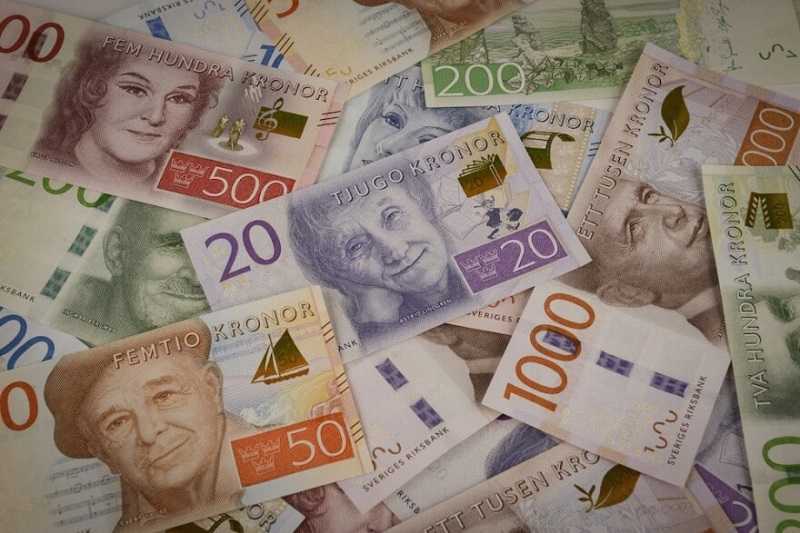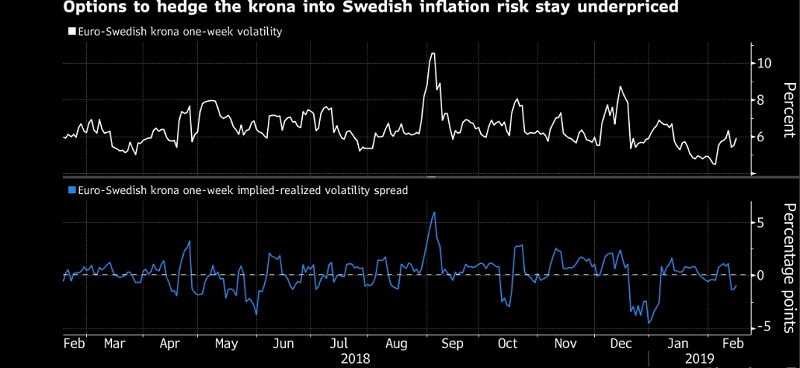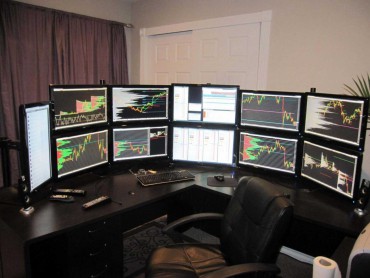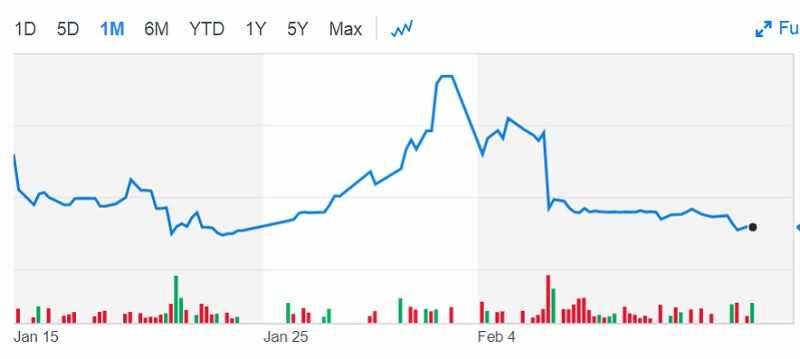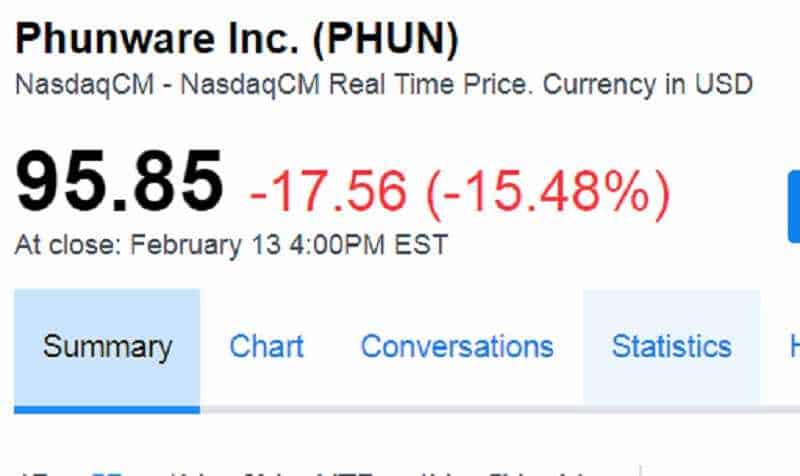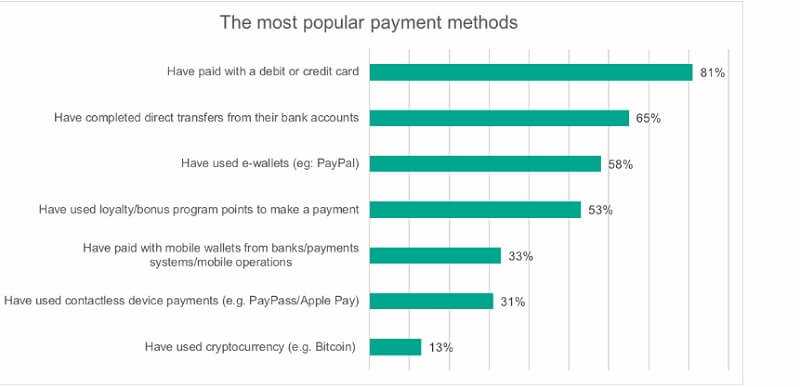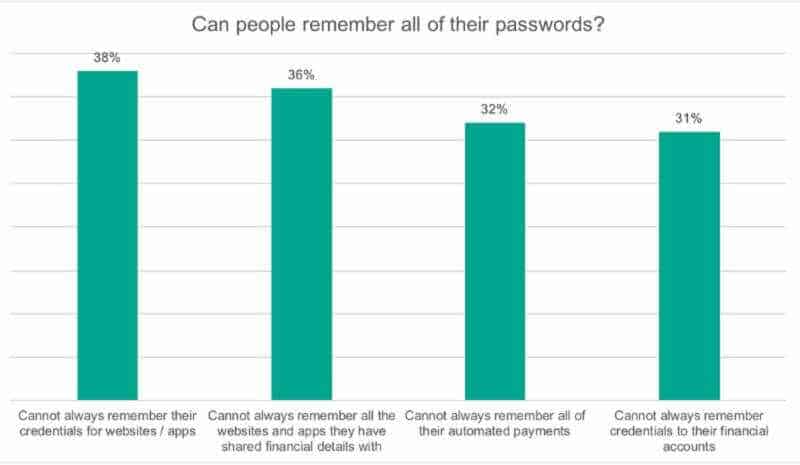 Position trades requires just a half of hour work per day, but profits can be great.
Position trades requires just a half of hour work per day, but profits can be great.
Position trader has a long-term approach to trading. Rather than ready, set, go, it’s more like ready, set, stay for a while. It is a trading methodology that seeks to capture trends in the market.
The idea is to reach the income without getting stopped out on the retracements. Hence, it is great for traders who prefer analysis but may not have as much time to dedicate to continually watching stocks.
Here, we’ll give you some insight into the pros and cons of position trading. Including what it is, is it right for you, and how to start.
When it comes to trading, do you go long or short?
Many traders do not have the time to trade the most well-known styles such as Intraday, Day, or Swing Trading. All of these styles want more time, a higher capital base, and the ability to be trading early morning or afternoon while the market is open.
Position trading is a unique type of trading that is defined by longer holds of security. It provides an alternative that is actually more profitable with less time.
Typically position traders hold time anywhere from a couple of weeks to a couple of months, which is the resistance that will stall or reverse the trend.
But, it applies the same fundamental research methods as shorter-term trading.
Pros:
- It requires less than 30 minutes a day
- It’s fitting for those with a full-time job
- Less stress compared to swing and day trading
Cons:
- You’ll watch your winning trades turn into losing trades, often
- Your winning rate is too low. It is around 30 – 40%.
Can you accept this?
Excellent!
Let’s go further!
If you search online for position trading, you will find a decent amount of information about forex trading.
But very limited information you can find about position trading stocks.
Let’s say, the first challenge, then, is to find a definition of position trading.
Position trader definition
A position trader is a trader who holds a position, usually stocks, for the long-term. It can be from weeks to months and even years. Position traders usually use a combination of technical and fundamental analysis. That’s in order to make proper trading decisions and often do more to evaluate the companies behind the stocks.
Position trader, often known as “buy and hold” trader, takes longer-term positions usually based on long-term charts and macroeconomic circumstances. These traders work in almost every market, including stocks, ETFs, forex, and futures.
They aren’t only committed to buying. They can also hold long-term short positions making money as an asset decline in value.
Position trading benefits
Position trading is taking a position in an asset, expecting to participate in a major trend. Such traders aren’t concerned with minor price fluctuations or pullbacks. Instead, they want to capture the bulk of the trend, which can last for months or years.
The main glamour of this approach is that it doesn’t require much time. Once the fundamental research is done, and the position trader has decided how they want to trade the asset, they enter a trade and there’s little left to do. They monitor their position from time to time. But since trivial price fluctuations aren’t a concern, the position requires little oversight.
Who is a position trader
It is the opposite of the day trader. Day traders make trades each day and spend hours trading.
Swing trading is less time-intensive than day trading since trades last a couple days to several weeks. But this still expects time to monitor and find new positions each week.
Position traders usually make zero or three trades a year in assets they own. Swing traders would make a few hundred trades per year, and day traders would make hundreds to thousands of trades at the same time-frame.
Where to find trends
Support and resistance let you buy low and sell high.
An uptrend occurs only after breaking above the highs of a range. So, if you want to enter your trades before the price breaks out, you have to do so at the moment when the market is changing.
And the best place to go long is at support, the point when the market is moving.
Trends often begin with a breakout of a range or other chart pattern that had limited the price action. So, when the price breaks out of the pattern it can often trend for some time. This is especially true if the chart pattern lasted for a number of years. That indicates the price could trend for a number of years once it breaks out.
Chart patterns range, triangles, cup and handles, head and shoulders, an inverse head and shoulders, all indicate a trend could begin or re-rise.
As an investor, you want to pick a stock that will benefit you over time from a long-term trend.
The timeline isn’t a fixed and unchangeable part, you might hold a position for a week to even years.
In an aim to ensure that your investment can pay off over time as a position trader, you need to put a lot of emphasis on fundamental analysis. You have to do plenty of research about potential companies, examining press releases, earnings reports, and analyzing charts before making decisions about which stocks to trade.
But position trading is not the same as long-term investing.
When position trading you must have this approach: it’s actually the last level of trading before you called it long-term investing.
The main difference between position trading and long-term investing is that the former can be a long-term position, but depending on the trajectory of the trend, it might not be. Hence, the latter is only a long-term position.
Why use position trading
This is a simple but important fact: If you want to be a successful trader, it’s important to figure out what type of trading the best suits you.
This is usually the sum of various factors:
- The size of your account
- The amount of attention and time you can dedicate to trading
- How fast you want to grow your account
- And last but not least, of course, your risk tolerance.
Your trading experience also matters.
We wouldn’t tell anyone to jump right in and try to take advantage of pre-market trading, for example.
This is a more advanced method that requires experience and courage.
How to find position trades
There are several ways to position trading. For example, buying assets that have strong trending potential but haven’t started trending yet. Or alternatively, buying an asset that has already begun to trend.
Buying assets that have already begun to trend is a less intensive attempt. Hence, it is favored by many position traders.
Finding a trend is the main component of a position trade. This will usually eliminate any assets trading within a range.
Unless the price range is very large and crosses for many years. In such a case, it could take years for the price to move from one side of the range to the other. But this suits the position trader very well.
Is a position trader a long-term investor?
No, it’s different. Being a trader, what might attract you to try this style?
The main benefit, position trading is somewhat accessible to new traders. The speed isn’t as wild as day trading or swing trading. So you have a bit more time to draft your course of action and build a trading plan.
Position trading is less demanding on a day-to-day basis. You don’t have to watch charts on an hourly basis. All that is need is to check your investment to make certain it’s operating according to the trend you identified previously.
On a deeper level, position trading can also be more attractive in various types of markets.
For example, if there is a bull market in a scene and there are strong rising trends, it can be a good time to engage in position trading.





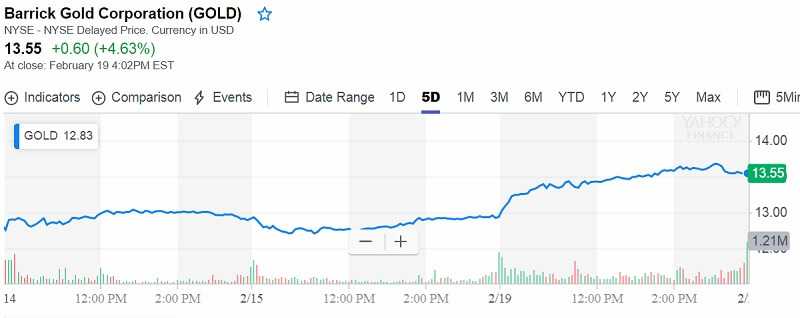

 Position trades requires just a half of hour work per day, but profits can be great.
Position trades requires just a half of hour work per day, but profits can be great.




 Instead of buying cryptos, you can invest in it, you just have to choose will you do it directly or indirectly. Traders-Paradise explains how to invest in cryptocurrency stocks.
Instead of buying cryptos, you can invest in it, you just have to choose will you do it directly or indirectly. Traders-Paradise explains how to invest in cryptocurrency stocks.
